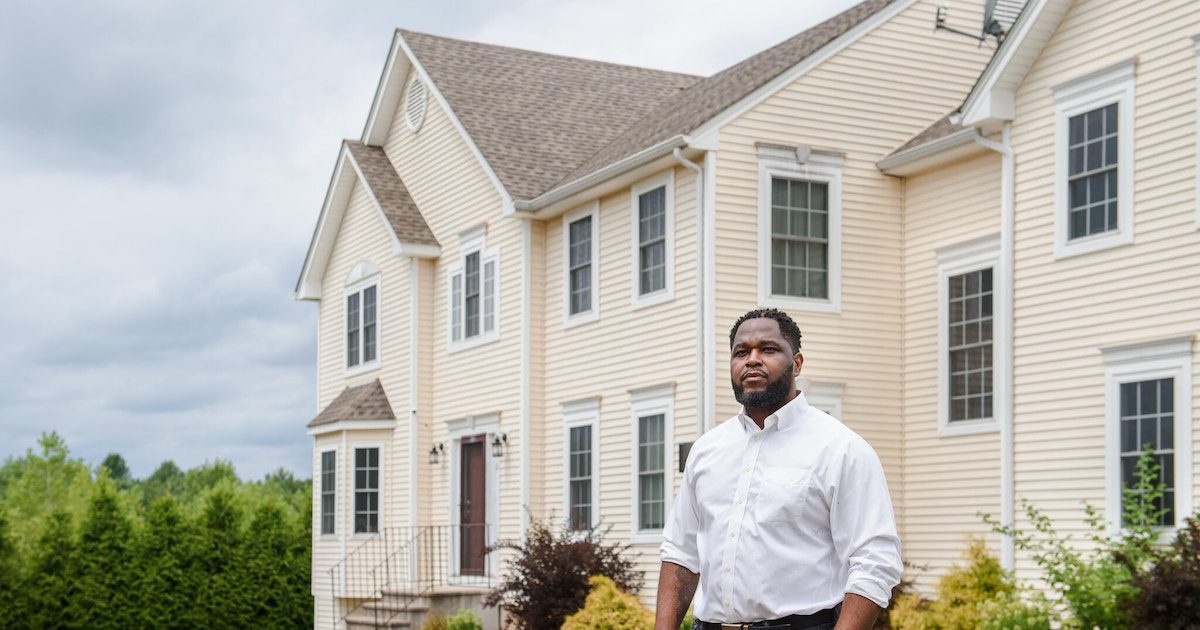Minority Housing is Worth Less than White People’s Housing

Tomorrow begins April, which is Fair Housing Month.
“The data from Zillow, which were first reported by Axios, show Black-owned homes are valued at 18 percent less than white homes in Boston, and Latino-owned homes at 14 percent less. The data for Black homes in Boston mirror nationwide disparities, and are slightly worse than the statewide numbers; Latino home values in Boston are a shade lower than national and state averages.” [Boston Globe, March 19, 2024]
Why is that not news?
The mechanisms for housing discrimination are still alive and well and being practiced in America.
Appraisal bias:
- During initial purchases, housing in minority communities is more likely to be appraised below the purchase price. [source]
- During refinancing, minority owned properties are more likely to get a lower appraisal than a similar (or even the same) house. [source]
Segregation is not just a Southern thing.
Until the Fair Housing Act was passed in 1968, it was common practice to
- Have city zoning that required Black people to live in certain areas by prohibiting them from living in others. Some even prohibited white people from living in explicitly Black neighborhoods.
- Create zoning to site dirty industry and other unsightly municipal features (like landfills) near Black neighborhoods.
- Allowed rooming houses and brothels in Black neighborhoods, but prohibited them from explicitly white neighborhoods
- Segregate public housing developments by race.
- Provide different (better) options to white residents of public housing and restrict Black residents from those units, even if there were vacancies in the white sections.
- Allow lenders to refuse mortgages in minority-majority neighborhoods because they considered those areas less valuable. (That’s “red-lining”).
This did not happen by accident. In his book The Color of Law, Richard Rothstein details the history of housing discrimination in the United States. We did not get this segregated because of personal preference; it was built into the zoning laws, lending laws, and the code of the National Association of Realtors.
The aftermath of these practices are still with us. After these practices became illegal, those historically red-lined neighborhoods (which were majority-minority) remain near the highways, industry, and other unsightly features. Therefore, they remain worth less than their neighbors without those local eyesores.
In current days, those neighborhoods are being targeted for purchase by companies who rent them out or flip them. These speculators often rent the properties out and sell stock in the collective rent. This is driving up real estate prices (and also attracting more affluent buyers and renters). [source]
Join a discussion of The Color of Law and a screening of Segregated by Design at the Somerville Central Library on Thursday night, April 10 7-8:30. Auditorium Central Library 79 Highland Ave, Somerville , MA, 02143 . For more info: https://ronafischman.com/fair-housing-month-film-screening-book-discussion/.